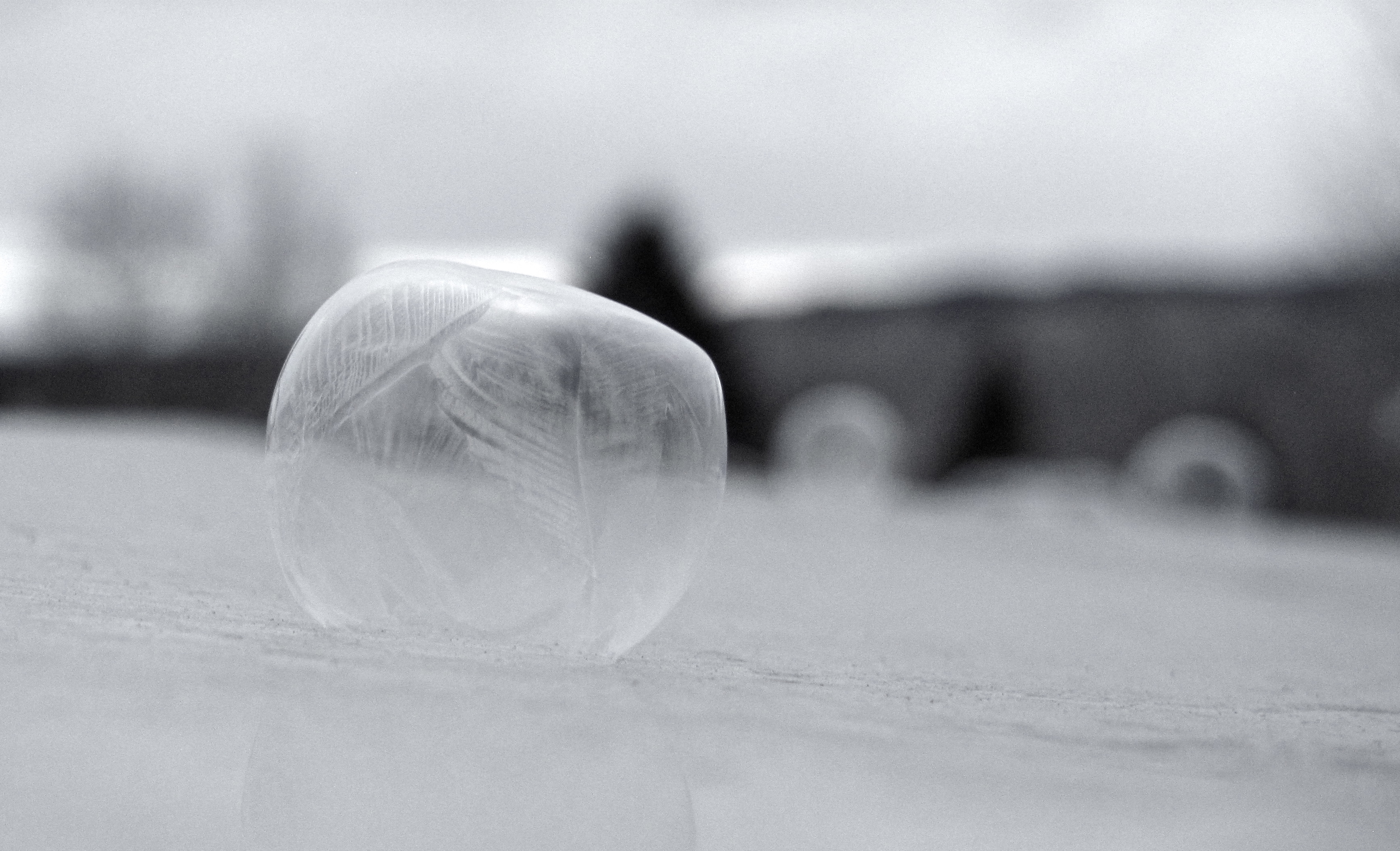DENDRITIC PATTERNS
1. A short branched extension of a nerve cell, along which impulses received from other cells at synapses are transmitted to the cell body.
2. A crystal or crystalline mass with a branching or treelike structure
- a natural treelike or mosslike marking on a piece of rock or mineral.
JANUARY 21 2015
Having watched the weather forecast for a few days, I knew that this morning was the one - the chilliest of them all. It would be my only chance for a long while.
So, I mixed a simple solution of soap and water, cut a hole in a plastic cup, and went out in my bath robe. It was still dark; in the gloom I could see the frost that coated each blade of grass. Slowly I began to work my magic.
I looked only half bonkers to the neighbours, as they packed their kids into cars, all on their way to school or work. Pah! School? The morning is my own, to do with as I please, and the world is now my teacher.
FERN CRYSTALS
When water freezes, it forms around a tiny particle of dust or pollen, called an ice nucleus. The growth of the ice crystals then move outward from this nucleus, in dendritic fern-like patterns, as in the case of snowflakes. In dendritic patterns, growth is fastest at the outer edge of the pattern, just as the leaves and twigs on a tree will grow more rapidly than the older branches.
Now, If one is to take a liquid solution of glycerin and water, and blow a bubble on a frosty morning in temperatures below -15 Celsius, what do you suppose will happen?
At -15 Celsius, a bubble will begin to freeze on contact with a surface, a nucleus of sorts if you will, and from this nucleus will grow a series of small fern crystals that radiate outwards until all parts of the bubble are covered.
Because one's breath is warm, and the outer edges of the bubble are exposed to the cold, what is at first a perfectly spherical bubble will begin to deflate as the air inside cools and reduces in volume. Furthermore, the contrast of inner warmth and outer cooling plays an important part in the crystallising process. Think: frost on a window pane in a warm house on a cold night.
Let us suppose that we are blowing bubbles in much lower temperatures, below -25 degrees Celsius. At this temperature, the bubbles will begin to form crystals without any dust particle, as molecules will form a nucleus on their own. The bubble will crystallise in mid-air and may shatter upon contact with a surface. The fern-like patterns shown will be smaller and much more distinct as they grow more rapidly in this environment.
As the sun rises though, one's bubbles will freeze much more slowly. Thus we can see the incredible effect of the sun upon our planet. The minuscule amounts of light and warmth produced by a winter sunrise can affect even a tiny bubble that is conducting all its efforts into freezing on the cold grass.
“. . . And it was made after the pattern of the eternal nature, that it might be as like to it as was possible. For the pattern is existent for all eternity; but the copy has been and is and shall be throughout all time continually. ”








